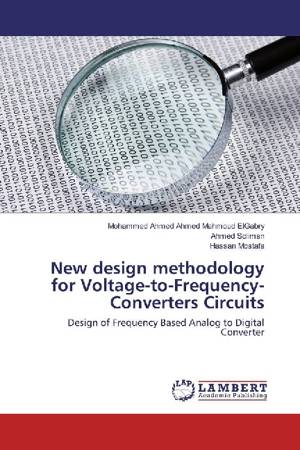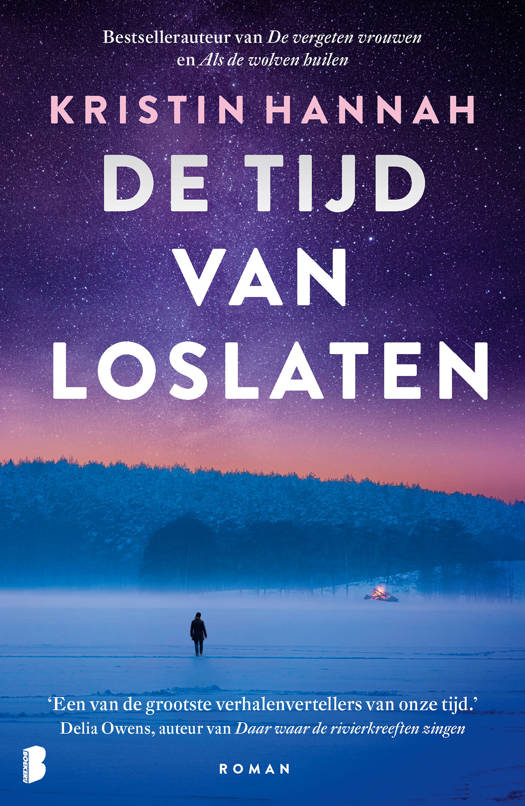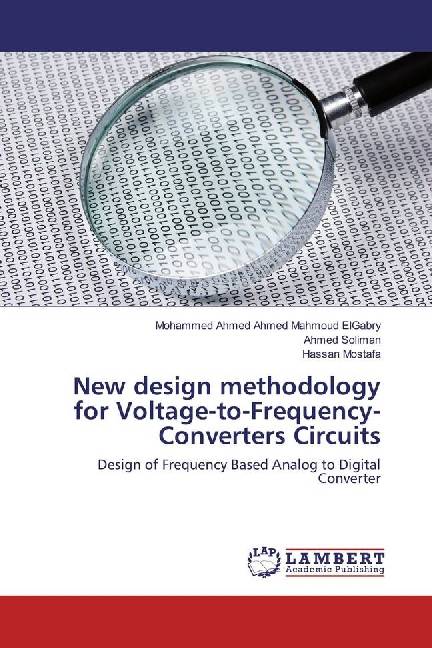
- Afhalen na 1 uur in een winkel met voorraad
- Gratis thuislevering in België vanaf € 30
- Ruim aanbod met 7 miljoen producten
- Afhalen na 1 uur in een winkel met voorraad
- Gratis thuislevering in België vanaf € 30
- Ruim aanbod met 7 miljoen producten
Zoeken
New design methodology for Voltage-to-Frequency-Converters Circuits
Design of Frequency Based Analog to Digital Converter
Mohammed Ahmed Ahmed Mahmoud ElGabry, Ahmed Soliman, Hassan Mostafa
Paperback | Engels
€ 49,45
+ 98 punten
Omschrijving
Analog to digital converter (ADC) is a very important part in the mixed analog/digital systems since it acts as the interface between the external world (analog world) and the computer world (digital world). Designers are now trying to move towards the digital world where they make use of technology scaling in terms of area and gate delay, to be able to implement more complex applications; this approach leads to what is called software defined radio (SDR). Software defined radio (SDR) concept is very important nowadays; where it is a radio communication system where components that are typically implemented in hardware (i.e. filters, amplifiers, modulators / demodulators, detectors, etc.) are implemented in software instead. A basic SDR scheme is to have ADC connected directly to antenna and DSP to convert the output to the suitable format, this is difficult to be achieved due to actual technology limits. In this thesis we introduce a new design methodology for Voltage-to-Frequency Converters (VFCs) circuits suitable for Time-Based Analog-to-Digital Converters (TADCs) circuits. This new methodology is tested using Cadence based on TSMC 65nm.
Specificaties
Betrokkenen
- Auteur(s):
- Uitgeverij:
Inhoud
- Aantal bladzijden:
- 108
- Taal:
- Engels
Eigenschappen
- Productcode (EAN):
- 9783659706899
- Uitvoering:
- Paperback
- Afmetingen:
- 150 mm x 220 mm

Alleen bij Standaard Boekhandel
+ 98 punten op je klantenkaart van Standaard Boekhandel
Beoordelingen
We publiceren alleen reviews die voldoen aan de voorwaarden voor reviews. Bekijk onze voorwaarden voor reviews.










